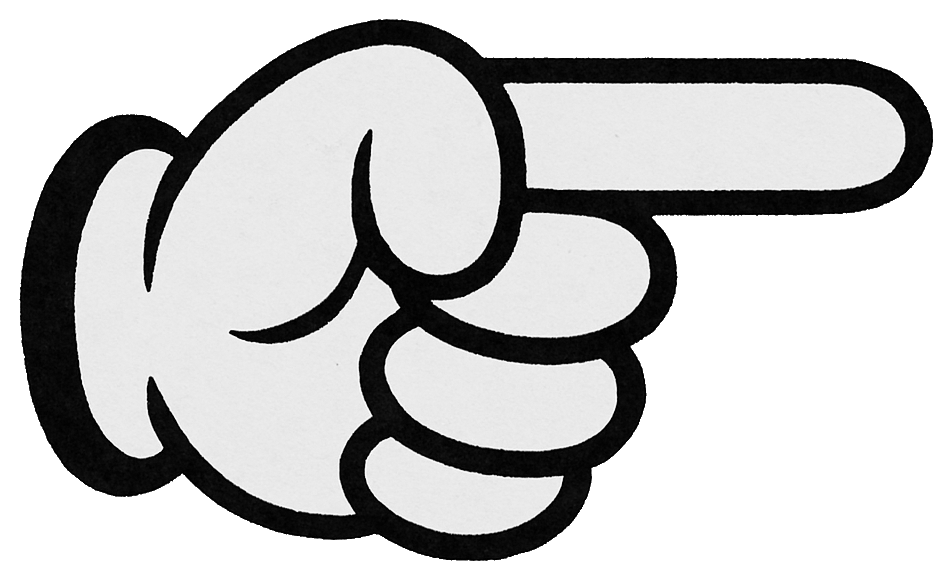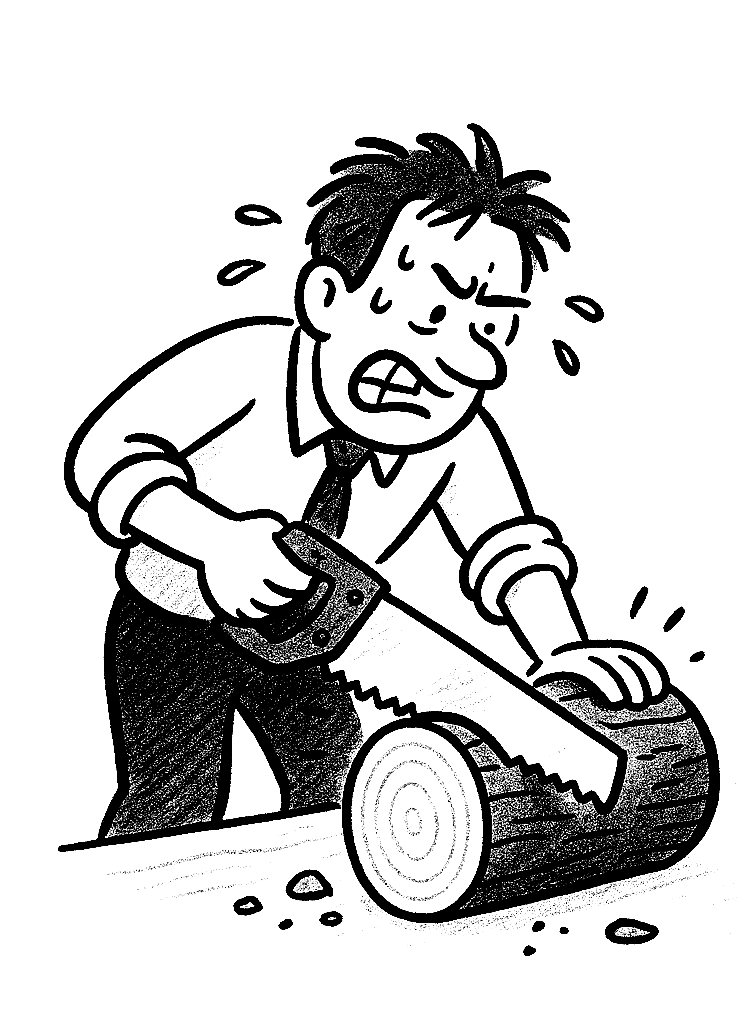Think Sharper. Act Smarter.
If you’re under pressure to make smart moves fast, Sparkwhys helps you think clearly, act decisively, and stay grounded.
Brains Before Bots
is available now! Click here to read chapter 1 for free!


You have a brain, and it’s a good one. You wouldn’t be where you are if it weren’t. You’re valued for your insight, strategic thinking, and creative problem-solving.
So why use AI?
Because doing everything by hand is noble, but also kind of exhausting.
Sure, you can cut a board with a handsaw. But a power saw? Faster. Cleaner. Less sweat. Same brain, better output.
Of course, power tools come with a catch: they can chew your fingers off if you don’t know what you’re doing.
Same with AI. Use it well, and it’ll amplify your thinking. Use it wrong, and it’s just noise, bias, or busywork dressed up as genius.
That’s where Sparkwhys comes in. It’s a toolkit (and a thought partner) to help you combine your good brain with this new power tool – safely, skillfully, and strategically. So you can move faster and think sharper, without losing sight of what matters.
Why not reach out and schedule a chat? Let’s work together to level up your game, but keep it your game.
Want to test drive with a 15 minute Spark Session? Pick a time on my calendar and we’ll chat!
Or contact me for a full session. $85 per hour to get clarity on you most troubling issues.
732-391-1102

